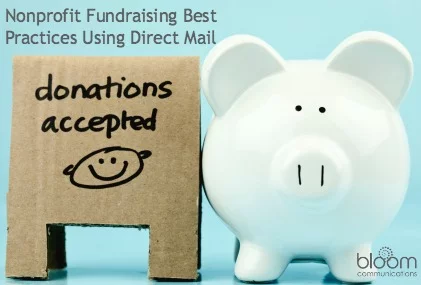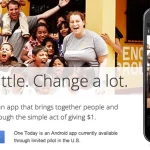Introduction
In the digital age, many nonprofits focus on online fundraising, but direct mail remains a powerful tool for engaging donors and raising funds. Research shows that direct mail boasts a higher response rate than email and online campaigns, making it an essential part of a well-rounded fundraising strategy.
By using personalization, compelling storytelling, and strategic follow-ups, nonprofits can maximize donations and donor engagement through direct mail. Here are four best practices to help your nonprofit succeed with direct mail fundraising.
1. Personalize Your Mailings to Build Stronger Connections
Donors are more likely to respond to personalized messages rather than generic appeals. Using the recipient’s name, past donation history, and specific interests makes your appeal feel more personal and engaging.
Tips for Personalization:
✅ Use the donor’s name in the salutation instead of “Dear Supporter.”
✅ Acknowledge past donations and how their contributions have helped.
✅ Segment donors based on giving history (first-time donors, recurring donors, lapsed donors).
✅ Tailor the message to align with the donor’s interests (e.g., animal lovers receive different appeals than education-focused donors).
Example:
Generic Appeal:
“Dear Donor, Please support our mission by donating today.”
Personalized Appeal:
“Dear Sarah, Your generosity last year helped provide 50 children with school supplies. With your continued support, we can reach 100 more students this year.”
Why It Works:
Personalized messages make donors feel valued and connected, increasing the likelihood of another contribution.
2. Tell a Powerful Story to Inspire Donations
Emotional connections drive donations. Stories about real people impacted by your nonprofit’s work help donors see the direct results of their contributions.
How to Craft a Compelling Story:
✅ Focus on a single individual or family rather than broad statistics.
✅ Use vivid details to paint a picture of their struggles and triumphs.
✅ Highlight how donor contributions made a difference.
✅ Include a call to action that encourages immediate giving.
Example:
Instead of saying:
“Many families in our community struggle with hunger.”
Tell a story like:
“Maria, a single mother of two, lost her job and struggled to put food on the table. Thanks to donors like you, our food bank provided meals that helped her family survive. With your gift of $50, you can help another family like Maria’s this month.”
Why It Works:
Stories create emotional engagement, making donors feel personally invested in your mission.
3. Make Giving Easy with Clear Calls to Action
Your direct mail appeal should make it easy for recipients to donate. A clear call to action (CTA) guides them on the next steps.
Best Practices for Effective CTAs:
✅ Use bold and direct language – “Donate Now” or “Send Your Gift Today.”
✅ Offer multiple giving options – Online, check, or phone donations.
✅ Include a prepaid return envelope to simplify the process.
✅ Create a sense of urgency – “Your donation by March 15 will provide immediate relief.”
Example of a Strong CTA:
“A $50 gift today will provide warm meals for 10 families. Please use the enclosed envelope or visit [website] to donate now.”
Why It Works:
A clear, direct CTA removes uncertainty and makes donating as simple as possible.
4. Follow Up with a Thank You and Future Engagement
Acknowledging donations is just as important as asking for them. A thank-you letter, phone call, or follow-up mailing strengthens donor relationships and increases the likelihood of future giving.
Best Practices for Follow-Ups:
✅ Send a thank-you letter within a week of receiving the donation.
✅ Personalize the message and mention the donor’s specific gift amount.
✅ Provide updates on how their contribution is making an impact.
✅ Invite them to stay engaged through events, newsletters, or volunteer opportunities.
Example Thank-You Note:
“Dear John, Thank you for your generous gift of $100! Because of your support, 20 children will receive school supplies this semester. We are truly grateful for your kindness. Stay connected with us at [website] to see your impact!”
Why It Works:
A sincere thank-you note builds donor loyalty and makes them more likely to contribute again.
Conclusion
Direct mail remains a highly effective fundraising tool when used strategically. By personalizing your mailings, telling compelling stories, making it easy to give, and following up with gratitude, your nonprofit can increase donor engagement and drive more donations.
Integrating these best practices into your direct mail fundraising campaigns ensures a higher response rate, stronger donor relationships, and long-term fundraising success.


